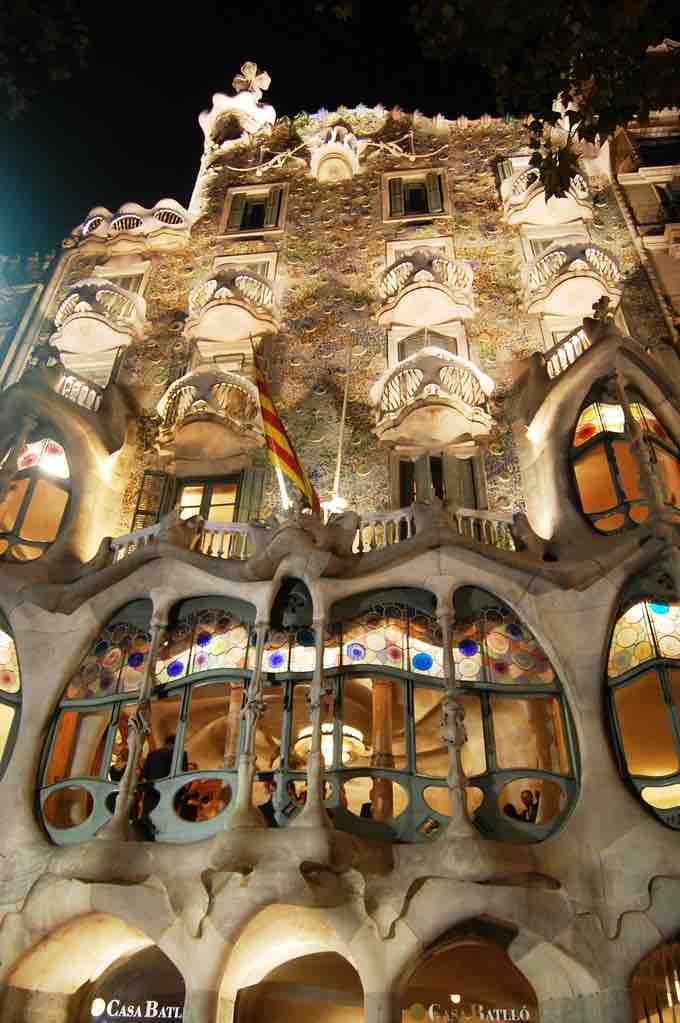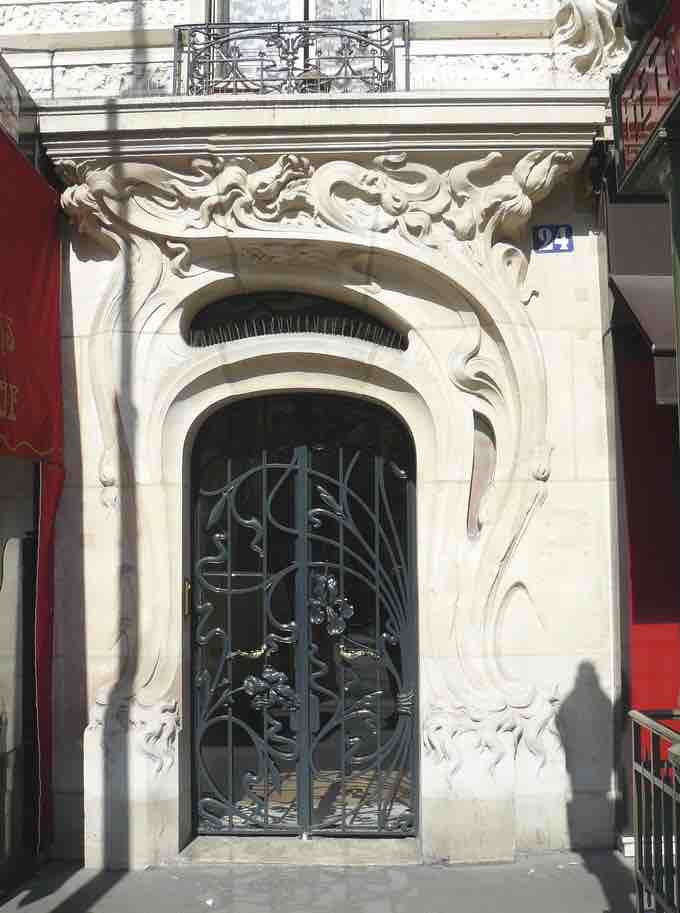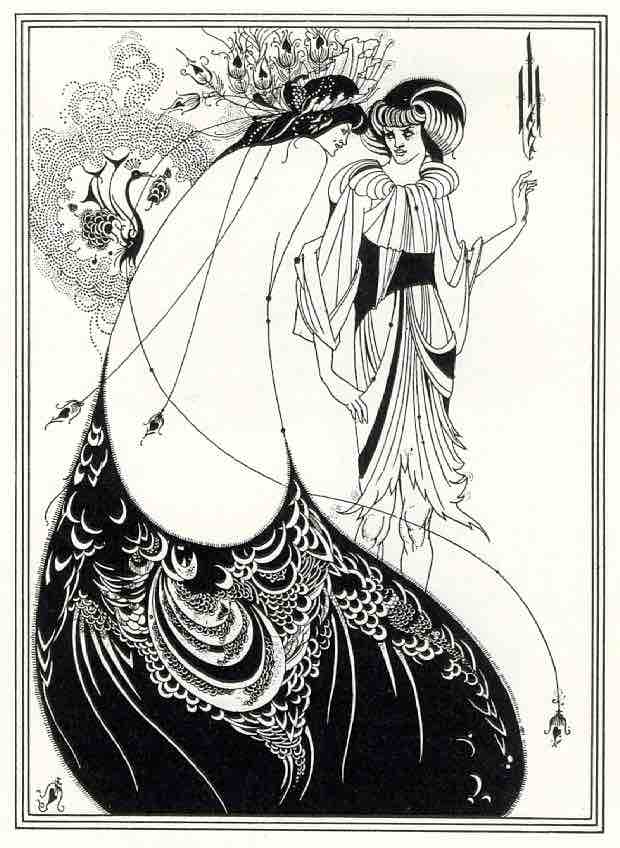Background
Art Nouveau is an international style of art and architecture that was most popular from 1890–1910 AD. The name "Art Nouveau" is French for "new art". A reaction to academic art of the nineteenth century, it was inspired by natural forms and structures, not only in flowers and plants, but also in curved lines. It is also considered a philosophy of furniture design. Art Nouveau furniture is structured according to the whole building and made part of ordinary life. Art Nouveau was most popular in Europe, but its influence was global. It is a very varied style with frequent localized tendencies .

Art Nouveau: Barcelona
The Casa Batlló, already built in 1877, was remodelled in the Barcelona manifestation of Art Nouveau, modernisme, by Antoni Gaudí and Josep Maria Jujol during 1904–1906.
Before the term "Art Nouveau" became common in France, le style moderne ("the modern style") was the more frequent designation. Maison de l'Art Nouveau was the name of the gallery initiated during 1895 by the German art dealer Samuel Bing in Paris that featured exclusively modern art. The fame of his gallery was increased at the 1900 Exposition Universelle, where he presented coordinated installations of modern furniture, tapestries and objets d'art. These decorative displays became so strongly associated with the style, that the name of his gallery subsequently provided a commonly used term for the entire style. Likewise, Jugend (Youth) was the illustrated weekly magazine of art and lifestyle of Munich, founded in 1896 by Georg Hirth. Jugend was instrumental in promoting the Art Nouveau style in Germany. As a result, Jungenstil or Youth Style, became the German word for the style.
Origins of Art Nouveau
The origins of Art Nouveau are found in the resistance of the artist William Morris to the cluttered compositions and revivalist tendencies of the nineteenth century. His theories helped initiate the Art Nouveau movement. About the same time, the flat perspective and strong colors of Japanese wood block prints, especially those of Katsushika Hokusai, had a strong effect on the formulation of Art Nouveau. The Japonisme that was popular in Europe during the 1880s and 1890s was particularly influential on many artists with its organic forms and references to the natural world.
Although Art Nouveau acquired distinctly localized tendencies as its geographic spread increased, some general characteristics are indicative of the form. A description published in Pan magazine of Hermann Obrist's wall hanging Cyclamen (1894), described it as "sudden violent curves generated by the crack of a whip", which became well known during the early spread of Art Nouveau. Subsequently, the term "whiplash" is frequently applied to the characteristic curves employed by Art Nouveau artists. Such decorative "whiplash" motifs, formed by dynamic, undulating, and flowing lines in a syncopated rhythm, are found throughout the architecture, painting, sculpture, and other forms of Art Nouveau design.
Art Nouveau as a Total Style
Art Nouveau is now considered a "total style," meaning that it can be seen in architecture, interior design, decorative arts (including jewelry furniture, textiles, household silver and other utensils and lighting), and the visual arts. According to the philosophy of the style, art should strive to be a way of life, and thereby encompass all parts. For many Europeans, it was possible to live in an Art Nouveau-inspired house with Art Nouveau furniture, silverware, crockery, jewelry, cigarette cases, etc. Artists thus desired to combine the fine arts and applied arts, even for utilitarian objects.
Desk and Chair by Hector Guimard, 1909-12
The curving, serpentine woodwork seen on this desk is characteristic of Art Nouveau which often drew stylistic influence from the natural world.
Art Nouveau in architecture and interior design eschewed the eclectic revival styles of the nineteenth century. Art Nouveau designers selected and "modernized" some of the more abstract elements of Rococo style, such as flame and shell textures. They also advocated the use of very stylized organic forms as a source of inspiration, expanding their natural repertoire to use seaweed, grasses, and insects. .

The doorway at place Etienne Pernet, 24 (Paris 15e), 1905 by Alfred Wagon, architect.
The asymmetrical and curvilinear influence of the natural world is again seen in the ironwork of this doorway at Place Etienne Pernet in Paris.
In Art Nouveau painting, two-dimensional pieces were drawn and printed in popular forms such as advertisements, posters, labels, and magazines. Japanese wood-block prints, with their curved lines, patterned surfaces, contrasting voids, and flatness of visual plane, also inspired Art Nouveau painting. Some line and curve patterns became graphic clichés that were later found in works of artists from many parts of the world.

The Peacock Skirt, Aubrey Beardsley, 1893
Aubrey Beardsley is an artist known for his posters and often associated with Art Nouveau due to his use of elaborate decorative pattern and sweeping curvilinear line.